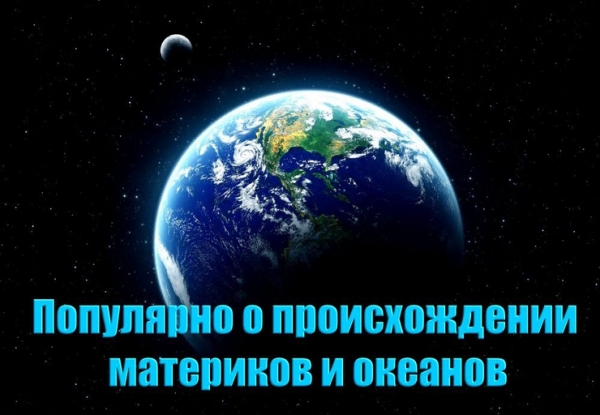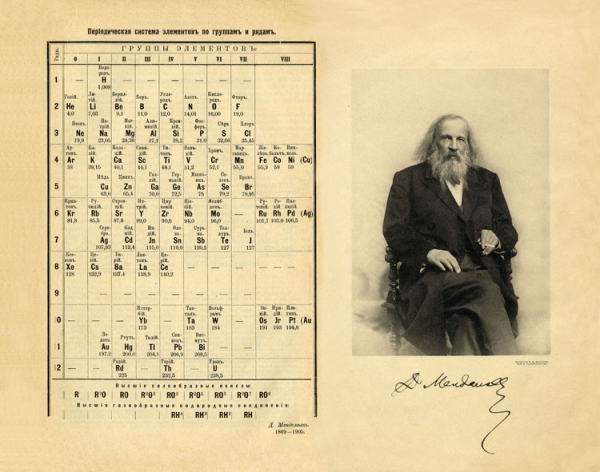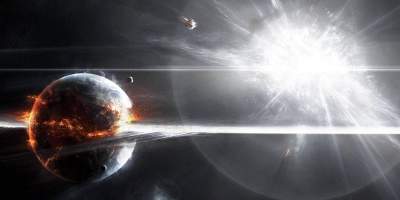
Astrophysicist Shawn Bishop of the technical University of Munich found traces of a supernova in a very unobvious place on the ocean floor. According to an article published in the scientific journal Proceedings of the National Academy of Sciences, the discovery in the form of submerged in the muddy bottom of the Pacific ocean fossils do contain signs of a supernova.
In the hope of finding traces of a particular isotope of iron produced by the supernova of about 2.2 million years ago, Bishop several years studied the ocean floor and investigated the fossils of ancient bacteria. On his first promising discoveries of the scientist told the conference of physicists in 2013. Now early findings received confirmation, as reported by the article of the scientific journal Proceedings of the National Academy of Sciences (PNAS).
“The signs really are present,” says Bishop.
The isotope that has interested scientist is the iron — 60 (60Fe), one of the heavy elements created in the supernova explosion and ejected into space. Since 60Fe has a short half-life, on Earth, this element cannot be present, but traces of it were found in a ferromanganese crust of the ocean floor.

An ancient bacterium and its magnetite chains
The best place to search for Bishop considered residual microcalcifications ancient bacteria, which scientists found in samples of sediment cores taken from the ocean floor. More 1963 Italian microbiologist Salvatore Bellini was observed that this bacterium can determine the direction of the North pole. In other words, these bacteria can sense the magnetic fields that help them to move to more suitable habitat with low oxygen content. Inside these bacteria contain chains of crystals of the magnet, so in the scientific community call them “magnetotacticum”. In 2013, Scientific American wrote:
“Bishop believes that supernova remnants can pass through the Earth’s atmosphere, rapidly oxidize and flake off in the form of tiny nanooxides. During rapid oxidation, they have turned to rust, which eventually sank to the ocean floor, becoming food for bacteria. When the death of bacteria there was an accumulation of chains of magnetite crystals and locked 60Fe isotope. So any traces of 60Fe found in deposits are the original biogenic signature of a supernova explosion occurred, which was sealed in the sediments”.
To detect these traces is very difficult, however using the method of accelerator mass spectrometry (AMS), Bishop was able to analyze each individual bacterium, which was contained in the core samples taken from the bottom of the Pacific ocean. Then one by one he counted the number of contained atoms of 60Fe. The information received indicated that the isotopes could belong to a supernova that exploded about 2.2 million years ago. Moreover, the scientist even picked up a few suitable candidates in the cluster, Scorpius — Centaurus.
The opening of the Bishop’s inspired by Anton Wallner from the Australian national University to assemble an international team of scientists and conduct their own research, in which experts wanted to find more traces of the isotope 60Fe. In a series of articles of the journal Nature in April of this year scientists reported that indeed identified evidence of a series of supernova explosions that occurred about 7 million years ago, whose footprints were found on the Ground. The closest supernova explosion occurred in a nearby star cluster at the distance of about 326 light-years from us.
Thanks to the work of the Bishop and the new research of an international team of scientists, we have serious evidence that the supernova material could reach the Earth. At least one of the explosions might occur in the Pleistocene era, a period of global cooling. It should be noted that scientists had previously expressed suspicions that supernova explosions can affect the climate of the Earth (mainly by burning of the ozone layer). It is therefore possible that one of these explosions could be the cause of the Pleistocene.
“We have no direct evidence on the relationship between supernova explosions and the changes that happened to the Earth in its history,” says Adrian Melott of the University of Kansas (USA).
“But some hints do exist”.







